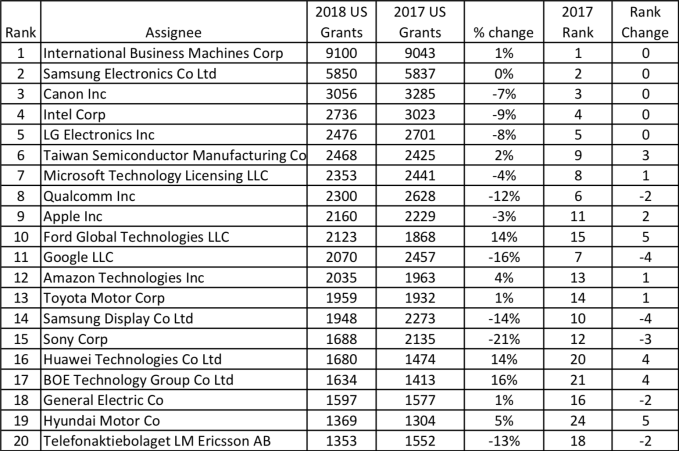Razer, the company that makes high-end hardware and software specifically tailored to gaming enthusiasts, is adding new voice and touch features to its platform to bring it into the next generation of computing and take the Razer gaming experience to the next immersive level. Today at CES, the company announced that it will be integrating Amazon’s Alexa into its gaming platform to let users control certain aspects of the Razer gaming experience by voice; and it also announced a new range of devices it’s calling HyperSense, to provide haptic interfaces for its gamers.
The Alexa integration will start to be rolled out in Q2 2019, while the HyperSense ecosystem is only getting previewed with no launch date at this stage.
Razer is also making some strides in its efforts to expand the ubiquity of its ecosystem to more than just Razer products: the company said that its Chroma Connected Devices Program — which brings in a new range of peripherals that can work with Razer machines — now has 15 new partners and covers 300 different devices that can run Chroma-enabled games and apps.
The Alexa integration is a signal of how, while Amazon has yet to build its own dedicated gaming hardware, it has been making some headway into that consumer sector regardless among the 100 million devices that now work with the voice assistant. Last September, Microsoft announced that Alexa would work with the Xbox One, the first big gaming console announcement for Alexa after making a little headway with Sony and the PlayStation Vue a year before.
As with those two, it looks like the Alexa integration with Razer is more around controlling what happens around the game — you will be able to control voice-control lighting effects, device settings and so on, but not in-game actions themselves — although you might consider that in-game controls could be the next step (perhaps one that Amazon would prefer to make itself).
“We’re thrilled to work with Razer and provide customers a first-of-its kind integration that showcases how Alexa can enhance the gaming experience,” said Pete Thompson, VP of the Alexa Voice Service, in a statement. “With Alexa, users can control compatible Razer peripherals while taking full advantage of other Alexa capabilities, including the ability to manage smart devices, access tens of thousands of skills and more.”
In the case of Razer, the company is bringing Alexa into its ecosystem by way of its Razer Synapse 3 Internet-of-Things platform, which it uses to connect up Razer and third-party peripherals that a user might have set up to play.
As Razer describers it, those wearing Razer headsets and mics can then be used to control compatible devices, such as in-game lighting, mice, keyboards and headsets.
“This is an amazing look forward for Razer into a future for gamers where the full potential of gaming gear is seamless and intuitively controlled through voice activation, synchronization and connected cloud services,” said Razer Co-Founder and CEO Min-Liang Tan (pictured above) in a statement.
The haptic developments, meanwhile, will also come by way of a partnership with third parties — in this case, two companies called Lofelt and Subpac, as well as others that Razer is not disclosing.
As with other haptic systems, the idea with HyperSense is not that die-hard gamers will start installing wind machines, chillers and strange smells in their living rooms, but that Razer wants to build and work with others to create, for example, high-fidelity speakers and touch boards that will give users the sensation of different experiences in a way that will bring them even closer into the action of the game. (If you think this sounds closer and closer to Ready Player One, you’re not alone.)
So in the case of HyperSense, cues might include specific sound cues in games like rocket firing, or wind, which will might get “played out” in the form of sound waves that you can feel in your feet or — if you might imagine — a connected jacket that will suddenly make you colder, lean to one side, and shudder with the gust.
“We are finally able to feel what we see and hear all around using the gaming arena, sensing the hiss of enemy fire or feeling the full bass of a monster’s growl,” said Min. “Much like Razer Chroma where we have demonstrated the power of a connected lighting system across gaming devices, Razer HyperSense syncs gaming devices equipped with high-fidelity haptic motors to enhance immersion in gaming.”
In the case of both the voice and touch-based features, it makes perfect sense to bring both to Razer and other games platforms. The wider trend in the gaming industry has been to use advances in technology to make the experience more authentic feeling. Up to now that has taken the form of better graphics and audio, tapping into VR and AR, and playing against and with other people instead of just the machine. Touch is one that hasn’t really been touched (sorry) much up to now, but as we start to see more haptic bells and whistles on devices like our smartphones, it’s logical that it should come to games, too.
Voice, meanwhile, has been shaping up for a long time now as the next big interface, and in cases where your hands and attention might otherwise be occupied, having a voice interface can be indispensable — for example, if you are lost while driving and need to reset your car’s navigation. Games don’t have that kind of urgency — not in the real-world sense, at least — but it seems like just a matter of time before we see games designers and console makers improving the overall experience by letting people speak naturally to move through the action with a scream or even a calm request to turn down the volume a bit.




